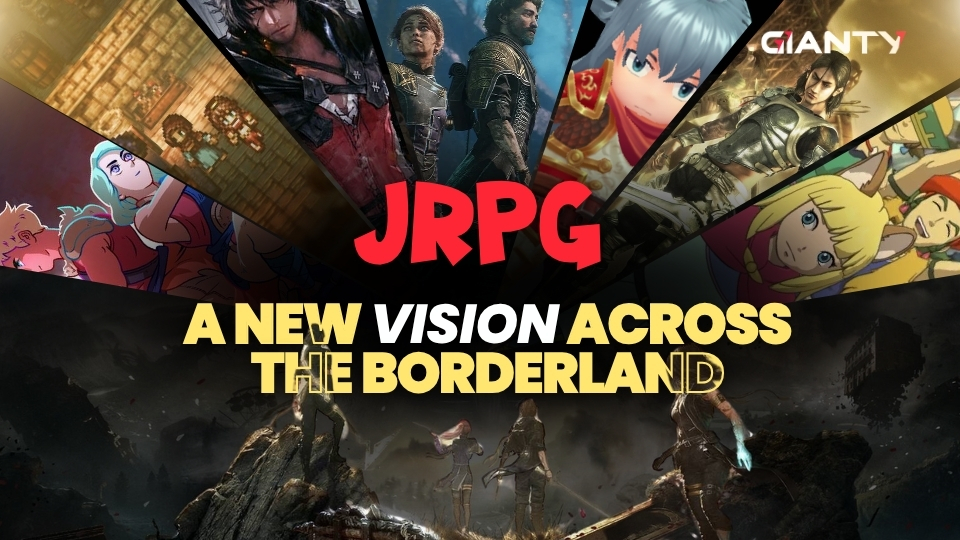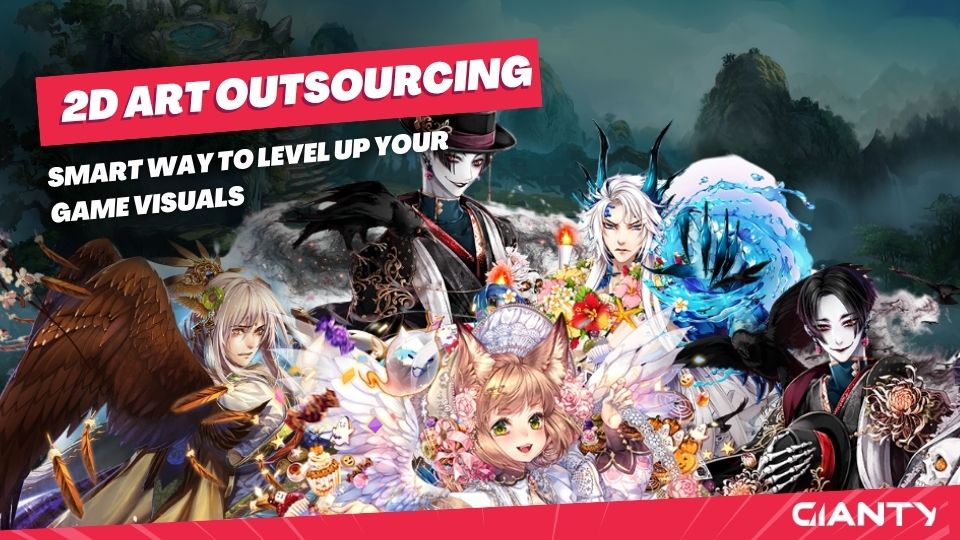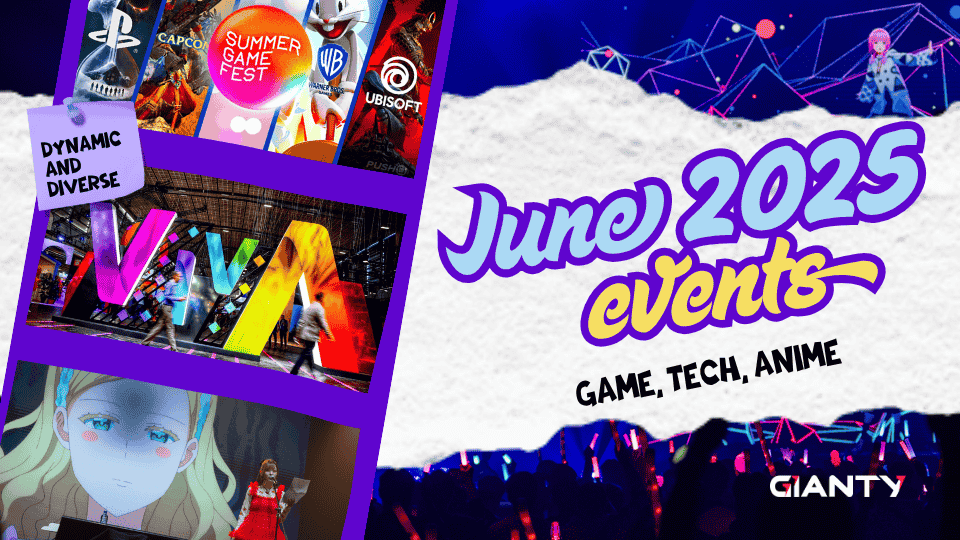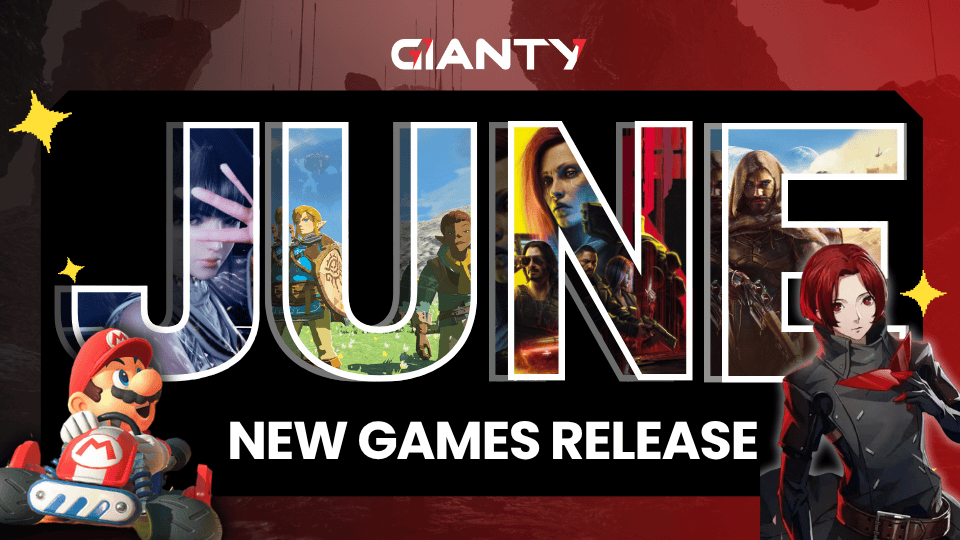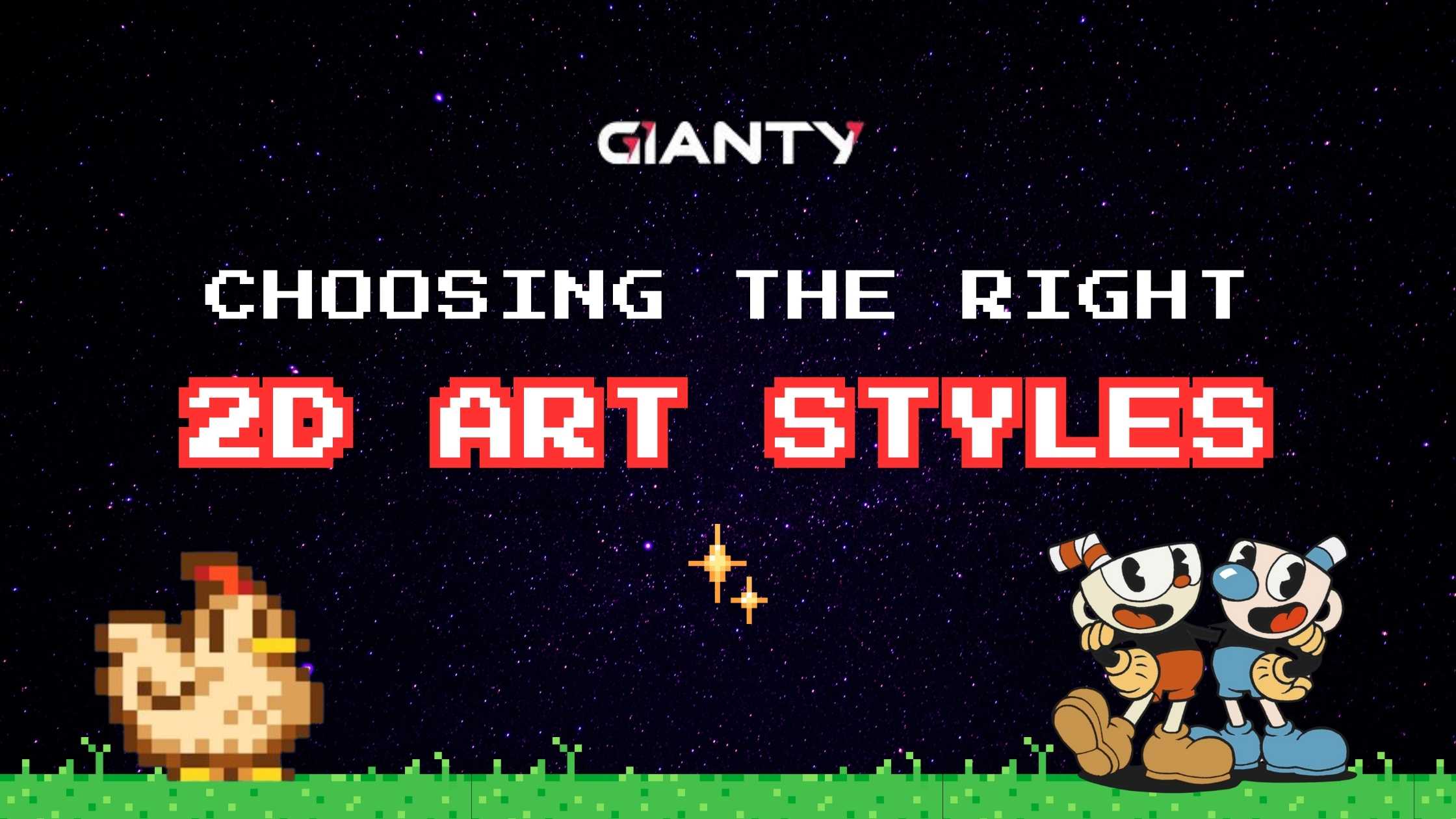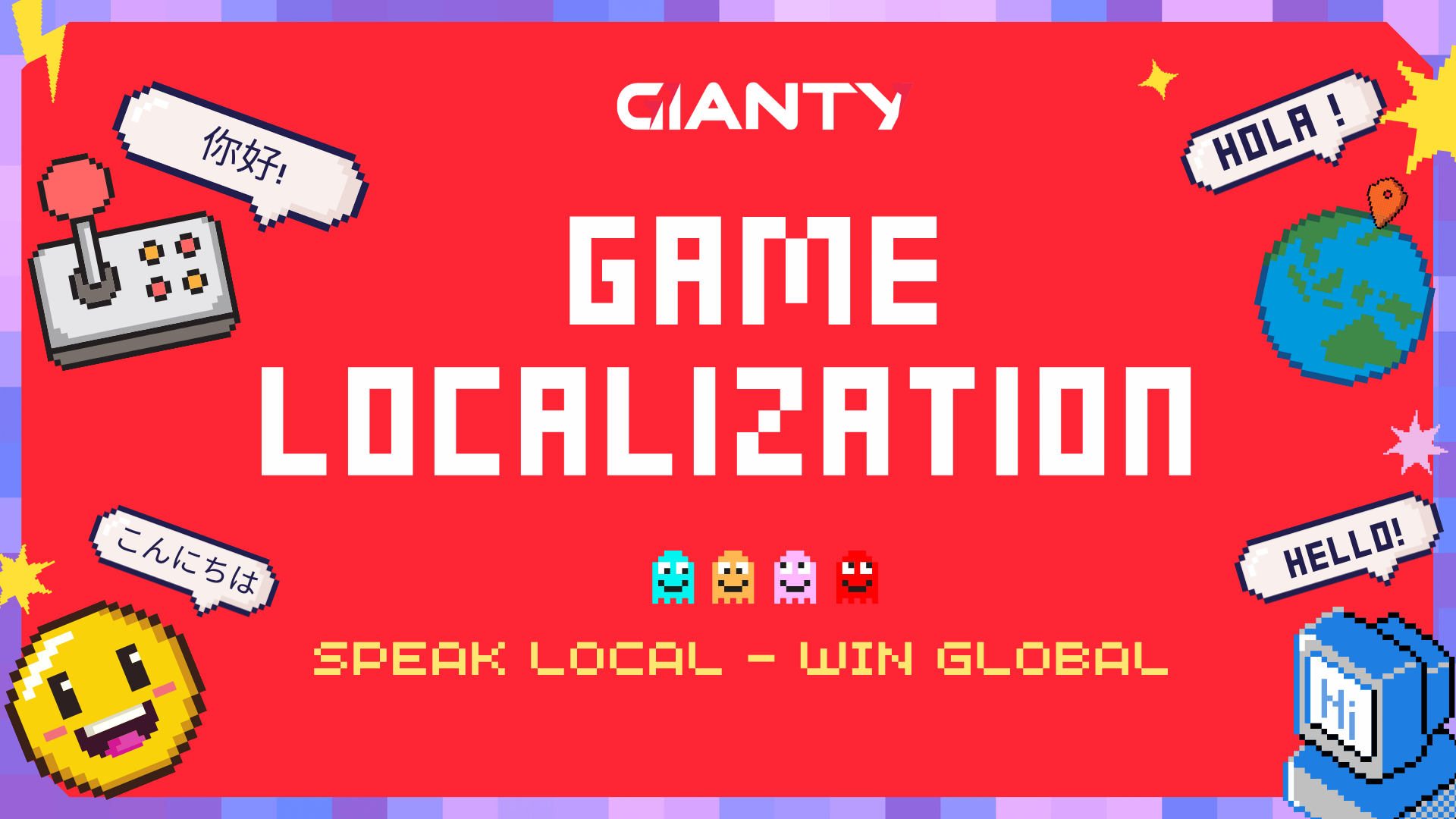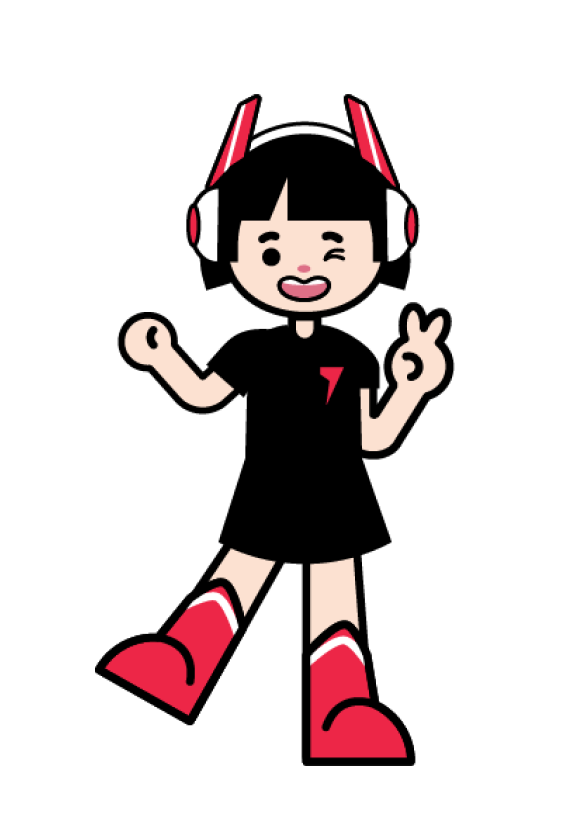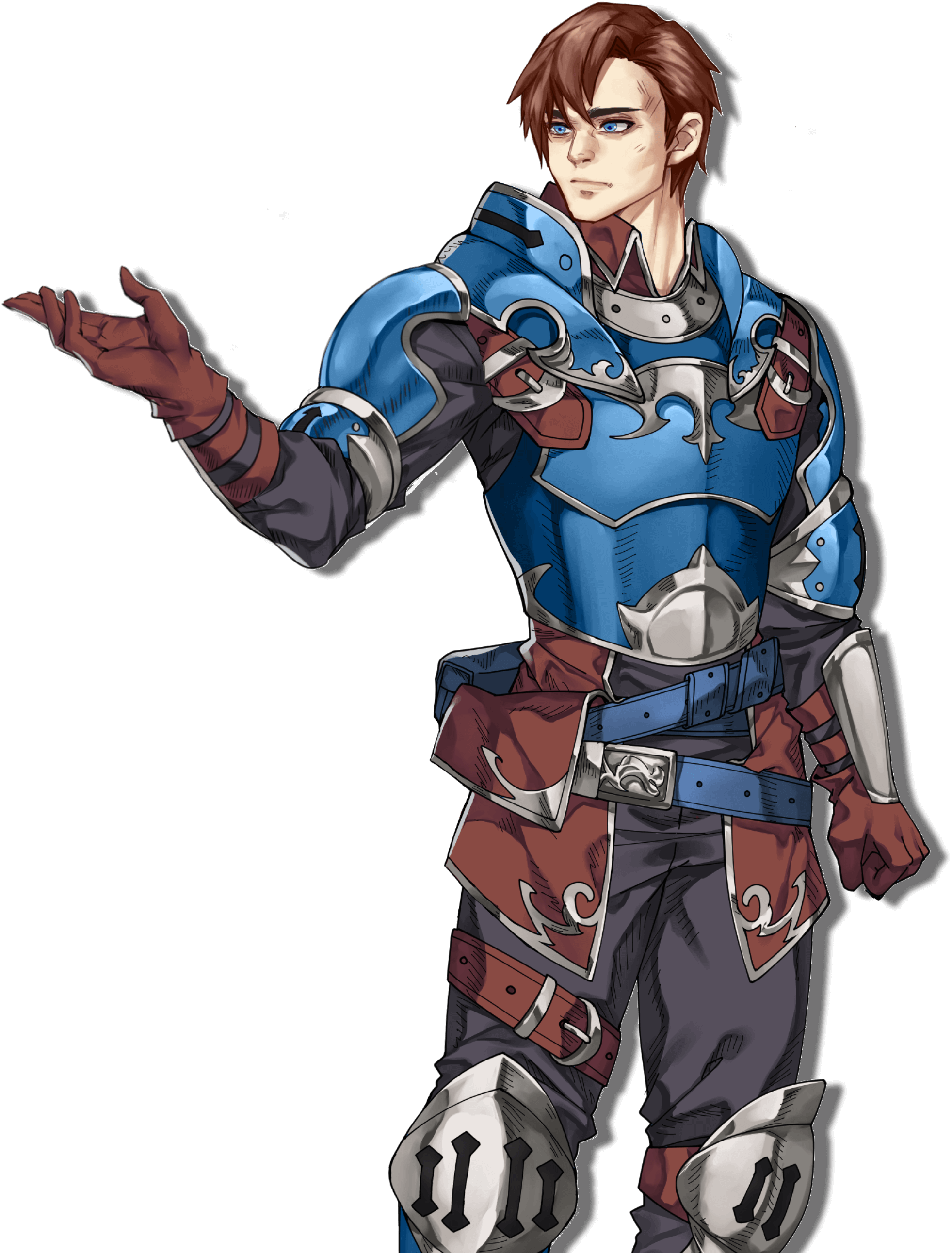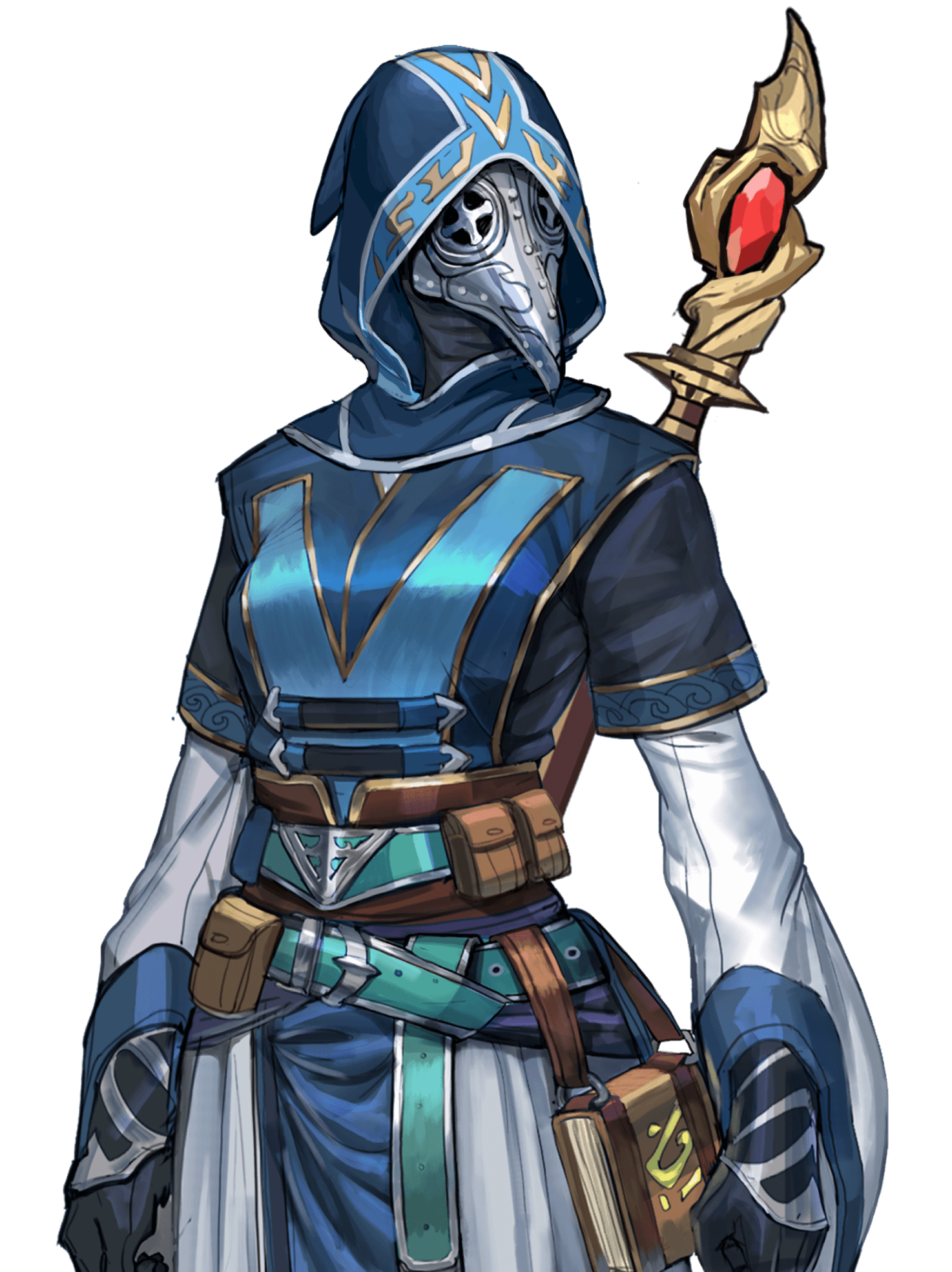Recently in the gaming world, The Game Awards 2024 event highlighted a transformative year for the gaming industry, with indie titles stepping into the spotlight alongside triple-A games.
Notably, “Black Myth: Wukong” stunned audiences as a groundbreaking achievement for the Chinese gaming industry, while “Balatro” set a new precedent as the first solo-developed indie game to be nominated for Game of the Year.
These milestones underscore the growing recognition and appreciation of indie games as powerful contenders in today’s video game industry.
What are indie games? Are they worth your development efforts?
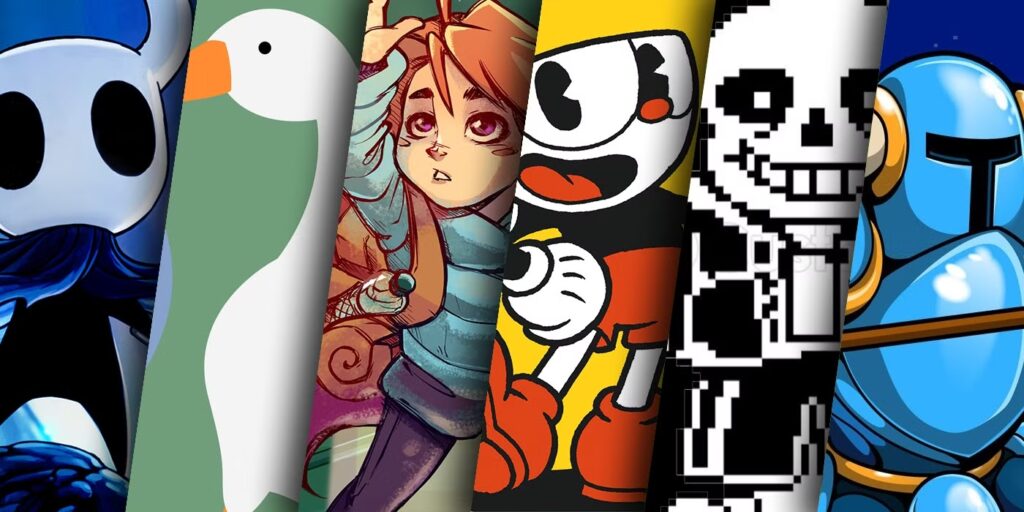
The term and genre “indie game” have existed for as long as the entire video game industry. Indie means independent, as the process of making an indie game is usually done by an individual or a small team that is not associated with any big corporations.
However, indie games have also been associated with low-budget or retro-style games.
They’re also a practical option if you’re a junior developer or a small development team looking to start a video game project on your own as indie games are primarily known for three main factors:
- Low budget: Most indie projects have a budget ranging from $10,000 to $500,000 which is achieved through crowdfunding and donations by fans and fellow developers in the community. Some are even funded by the developers themselves.
- Smaller development teams: depending on your project scope and budget, you may need a team of 1-3 people, with some teams having upwards of 20 people or you can develop your project by yourself.
- Little time constraints: for smaller development teams composed of 1-3 people, developing and finishing an indie game project would usually take 1-3 years which is a flexible amount of time that doesn’t impose too much stress on the developers.
With these factors in mind, indie games can be relatively plausible to develop with substantial efforts from a small development team or an individual over the course of 1-3 years given the fact that you’re passionate and dedicated enough to pursue the indie game development path.
The First Crucial Step to Build an Indie Game: Assembly and Collaboration

The first crucial step in creating an indie game is assessing and ensuring you or your team can fill in the positions that a normal development team would have:
- Programmers: they’re the people who code and bring your ideas, concepts, and elements of your game into reality via coding.
- Artists: transform your ideas into images and drawings by your descriptions.
- Sound designers: provide realism and entertainment to your project with sound effects, audio, and music to create immersion.
- Level and game designers: an optional role to help implement gameplay mechanics and level design to your game to increase its difficulty and entertainment.
Your team size is also heavily dependent on your talent and capabilities.
If you believe that you have the skills to tackle multiple factors, such as programming and sound design, you can fill in for both roles and reduce budget spendings.
Some indie game development teams also save money by multitasking, assigning one person to different roles to reduce costs. Be mindful of the workload and stress you may experience from multitasking and plan accordingly.
Contrary to the first step, if you can’t gather enough talented individuals for your project, you should look into outsourcing services for game development. Keep in mind an important variable to complete this equation would be having enough funding to afford these services.
The Second Crucial Step: Building a Foundation for Your Indie Game Project
To start building a strong foundation for an indie game project, you would need an idea or a concept of what your game would be. This is usually a summary of your game in one or two sentences that can describe the game as a whole.
With that idea, you should discuss with your fellow team members to decide what game engine you should use for this game, how the storyline should go, and other elements of the game while refining previously discussed ideas that you would like to include in your game.
After that, you’ll need to create a game design document (GDD) that compiles all of your team’s ideas into one document.
The GDD will help you keep track of what elements of the game are there as well as reinforce your worldbuilding and storytelling by continuously building on your game ideas.
Here is a game design document from another indie developer that is a perfect example of a game design document that you can reference and learn from.
From this point on, you should create concept art and develop the characters you want to include in your game through iterations of refining various concept arts and incorporating storytelling elements into their designs or vice versa.
If you want to learn more about this process, we at GIANTY follow a game development pipeline that you can read for more instructions on how to establish a plan for developing your indie game projects.
How we at GIANTY tackle game development
At GIANTY, when we launched GOKEN in 2017, we entered the enormous and vast gaming industry as a new player.
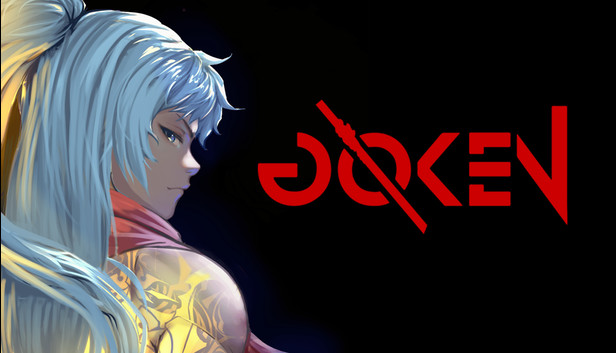
GOKEN allowed us to experience the highs and lows of developing and publishing a game while learning valuable lessons and experiences in game development, publishing, and helping us secure our ground in an ever-changing, endlessly growing gaming industry.
Hence, we would love to offer you our support on your game projects, whether it is partial or full development or perhaps vertical slice development, we’d love to help you achieve your aspirations and bring your ideas into reality through open communication and collaboration.
All you need to do is contact us at gianty.com to learn more about what we do and how we can assist you.
The Third Crucial Step: Promotion and Advertisement
Marketing is also a crucial element in any game project, especially indie games since most indie developers struggle with running advertising campaigns for their projects as different marketing campaigns have varied and uncertain success rates.
If you are uncertain, however, you can take Heartbound’s marketing strategy as an excellent example for game marketing.
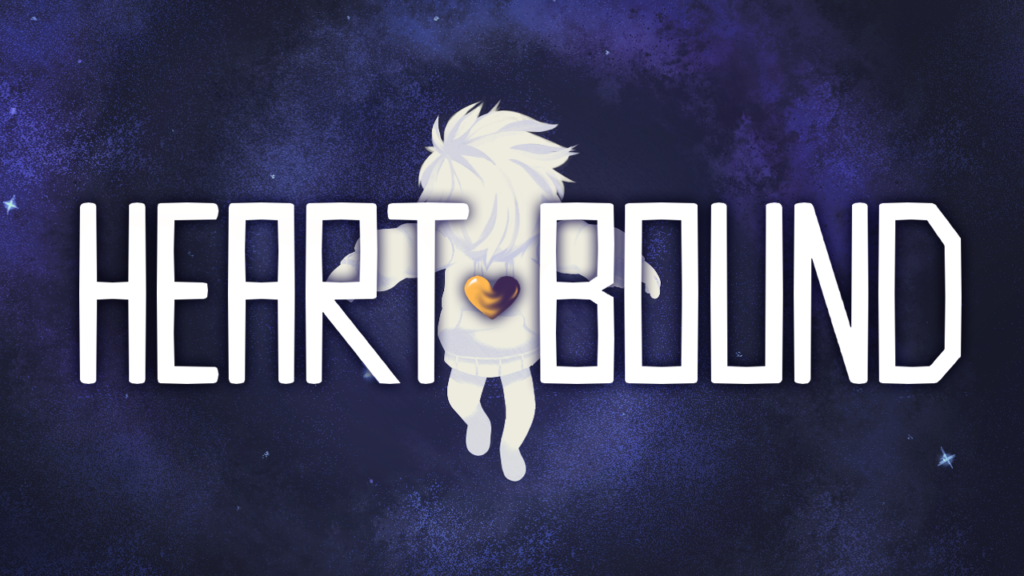
“Heartbound”, a recently popular indie title made by PirateSoftware, had a budget of almost $20,000 funded from Kickstarter and a development team of fewer than 10 people, including the head developer PirateSoftware.
The way Heartbound’s developers decided to advertise their game is through a live streaming platform, Twitch, where PirateSoftware does daily live streams of him guiding viewers through the process of making Heartbound 2 in detail.
The marketing campaign was extremely successful as he managed to gather an average of 5,000 to 8,000 viewers per stream and millions of views on his other social media pages such as Youtube Shorts and TikTok.
Since Twitch is a free streaming platform, the entire game’s marketing budget was quite low as it was marketed without the need to spend much budget on costly video ads or celebrity reviews.
Other than live streaming, most indie developers prefer to promote their game through gameplay footage on social media forums such as Reddit where large communities of developers and game enthusiasts gather and discuss all genres of games where you can amass thousands of views and interactions.
Indie Games: the Creative Heartbeat of the Gaming Industry
Game development is primarily about experimenting, innovating, and bringing our imaginations and inspirations to reality.
Regardless if you’re an indie or triple-A developer, creativity, imagination and inspiration will always be the core values upheld by the ever-changing, extraordinary industry known as the video game industry.
Within that conglomerate, the indie genre plays its role as an imaginative and creative initiator, sowing the seeds of beautiful, boundless creations and nurturing them to bloom into spectacular, unique fruits never seen before.
GIANTY.



